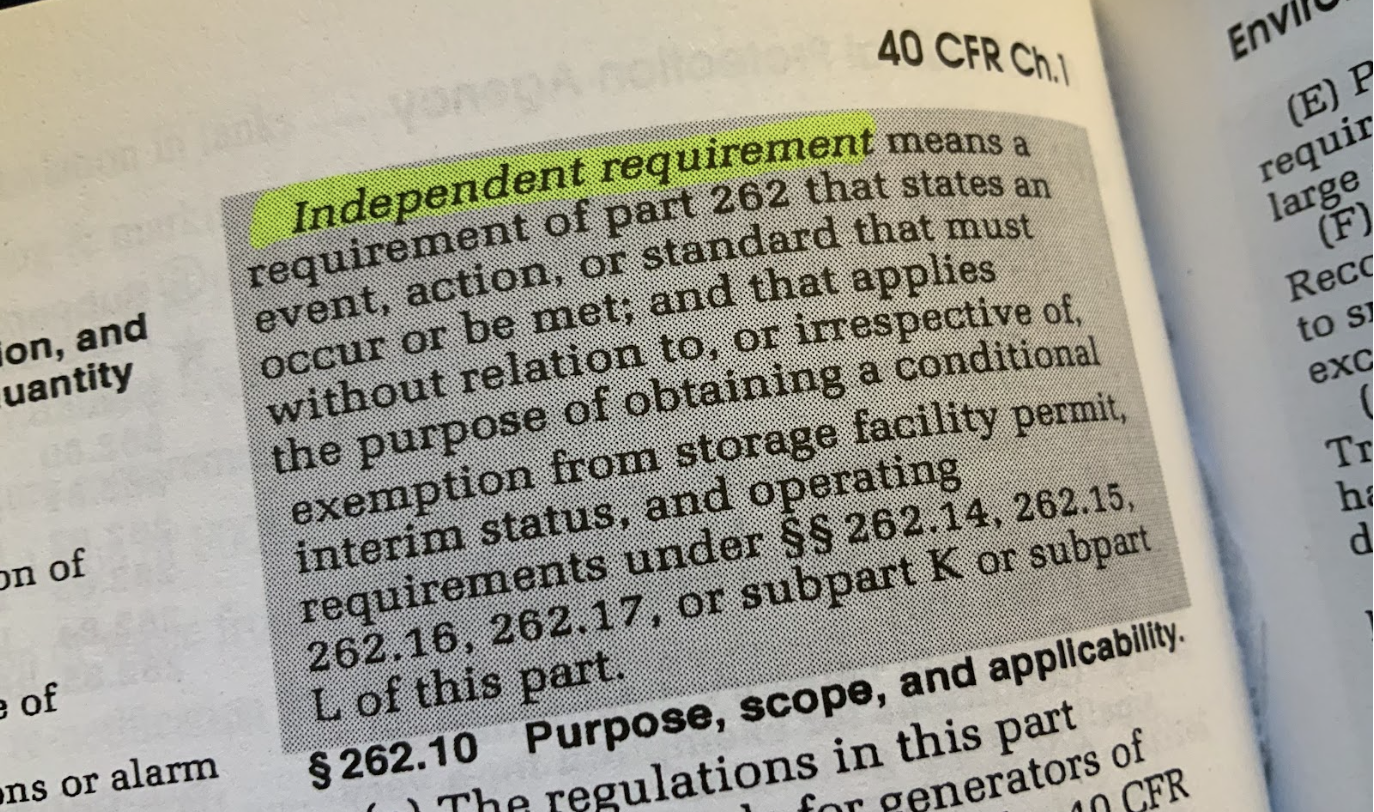The empty drum rabbit hole has opened, ready to hop in?
I bet you missed the first comment period in the Empty Hazardous Waste Drums, Notice of Advanced Proposed Rulemaking (ANPRM) in the federal register on August 11, 2023. I did! I have a life too. I was up at our St. John's Cathedral Boys School Reunion, camping with my classmates, in Alberta’s Banff National Park.
Well, if you didn’t know, on September 5th the EPA extended its Comment Period until November 22, 2003, which means you only have a few days left to comment. And it doesn’t look good. As usual, the Feds or at least the Environmental Protection Agency (EPA) is going in the back door. They are trying to frame this as new requirements on drum reconditioners. However, since they have only identified 181 reconditioners in the country, it is clear EPA's intention to regulate the reconditioners, just as much as the hazardous waste generators who supply them with their product.
It’s kinda like Tyson chicken saying they’re raising the price that they sell chicken to the grocery store for, but they are not raising the price that consumers pay for it. Generators will be required to make up the slack. In other words, the drum reconditioners are not going to take your drums, unless they meet the new requirements.
It is quite clear the EPA’s plan was to portray the new empty drum rule about the drum reconditioner facilities, which I believe has little to do with their intent, as they eventually, freely and unabashedly admit in the federal register.
“The EPA is evaluating the generation, transportation and management of used containers, (through this ANPRM)... to prevent future damage to human health and the environment from all entities involved in the used container lifecycle.”
You should read it and make your thoughts known to the EPA before they promulgate this new requirement. How? By closely monitoring the federal register (Sign up for free! NOW!) for the Proposed Rule comment period. This is when you will have the opportunity to comment on the actual RCRA Empty Drum Rule. EPA is mandating major changes across the manufacturing and transportation spectrum.
Don't miss it again, or like I did, head to Canada.
Robert J. Keegan
Publisher and President
Hazardous Materials Publishing Company
Transportation Skills Programs Inc.
Text to 610-587-3978
Email- hazmat.tsp@gmail.com











